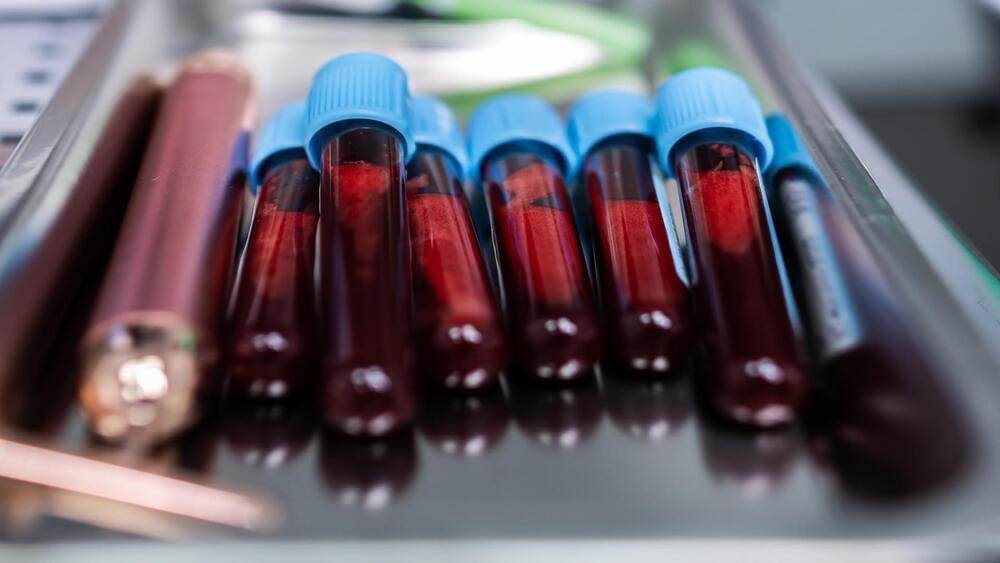Tata and Airbus will become the first private sector companies to manufacture helicopters in India.
Tata Group, one of India’s leading conglomerates, announced the signing of an agreement with France’s Airbus to jointly manufacture civilian helicopters. The deal, announced during French President Emmanuel Macron’s state visit to India, signifies a deeper collaboration between the two nations in the aerospace sector.
Speaking at a media briefing, India’s Foreign Secretary Vinay Kwatra revealed that the agreement between Tata Group and Airbus to produce H125 helicopters would feature a “significant indigenous and localization component.”
Tata and Airbus, already jointly producing C-295 transport aircraft in Gujarat, have added another dimension to their strategic partnership with the new deal. The joint venture is set to establish a Final Assembly Line (FAL) for H125 helicopters in India, with production expected to commence in 2026.







